952 Fifth Avenue: Review and Ratings
between East 76th Street & East 77th Street View Full Building Profile
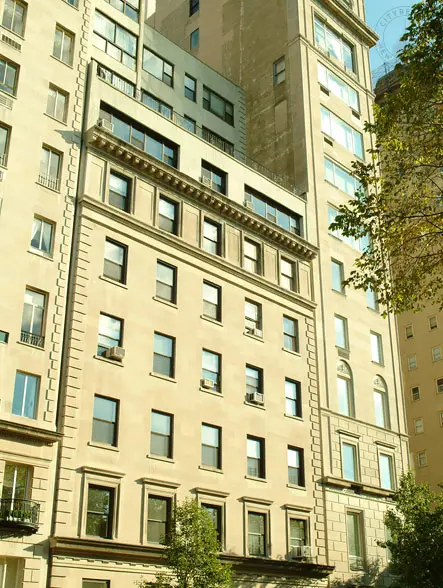

This mid-block apartment building at 952 Fifth Avenue between 76th and 77th Streets may be small, but it has a prized location along one of the nicest and quietest stretches of Fifth Avenue.
The 10-story building has 39 rental apartments.
It was erected in 1923 and was designed by H. O. Chapman in an Italian-Renaissance-palazzo style.
Bottom Line
What really sets this modest building of mostly small apartments apart is its rental status as there are very few such buildings left on Fifth Avenue.
After World War 11, several floors were added to the building in a setback tower.
Description
The building has a 7-story limestone base with quoins and a canopied entrance surround.
There is a stringcourse above the second floor, a bandcourse above the sixth floor, and a substantial cornice above the seventh floor.
In the 1960s, the building was enlarged by four stories, the bottom of which has two large panoramic windows and the upper three floors are setback substantially.
The building permits window air-conditioners.
Amenities
The building, has a canopied entrance, is not close to subways and has no health club, and no concierge. Cross-town bus service is at 79th Street. The building is convenient to several art galleries and restaurants and many of the apartments have views of Central Park.
Apartments
The building was originally erected as a cooperative apartment building with one apartment of 12 rooms and four baths on each floor except for the two floors that comprised a duplex with a roof garden. The building at one point was bought by I. N. Phelps Stokes who had built the adjoining building at 953 Fifth Avenue.
In 1947, Stewart Borchard converted the building into 35 small apartments and subsequently sold it.
History
The city’s first Zoning Resolution, enacted in 1916, permitted buildings to rise 150 feet along Central Park on the avenue, by in 1920 the Real Estate Board of New York, the City Club and the Fifth Avenue Association successfully campaigned to lower that height limit to 75 feet.
"Many property owners viewed this portion of the zoning law as an unwelcome invitation to real estate speculation and chaotic physical change," noted Robert A. M. Stern, Gregory Gilmartin and Thomas Mellins in their important book, "New York 1930, Architecture and Humanism Between The Two World Wars," Rizzoli International Publications, Inc., (1987).
"An amendment to that effect was enacted in November 1921, only to be immediately challenged by other landholders and real estate speculators, including Vincent Astor, as well as by J. E. R. Carpenter, who had begun to serve not only as an architect but also as a developer of apartment houses. In 1923 the decision of the Appellate Division of the Supreme Court of New York to overturn the seventy-five-foot restriction and return to the 150-foot limit was upheld by the Court of Appeals, clearing the way for the nearly complete reconstruction of Fifth Avenue’s park blocks, a reconstruction that would begin barely ten years after the completion of the last great mansion, Delano & Aldrich’s house for Willard Straight of 1914 [on the northeast corner at 94th Street]....Only one apartment house was built under the seventy-five foot restriction: Henry Otis Chapman’s 952 Fifth Avenue of 1923, which rose only eight stories on a previously vacant site."
The original, Italian-Renaissance-palazzo-style, limestone-clad building is the oldest building on this blockfront, which also includes apartment buildings designed by J. E. R. Carpenter at 950 Fifth Avenue and Rosario Candela at 955 Fifth Avenue.
A rendering of the building in the collection of New York Real Estate Brochures at Columbia University indicates that it has three stories above its cornice line with the ninth floor angled back slightly and the top floor setback further and irregularly. In addition, it indicated that the eighth floor windows were multi-paned and that the architect was J. M. Berlinger.

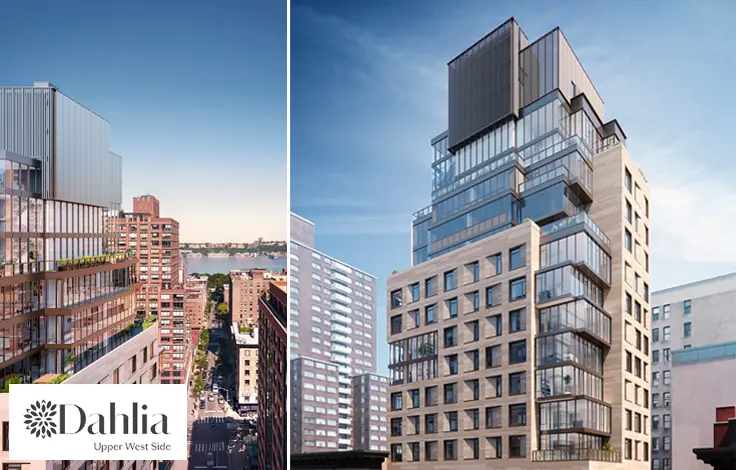
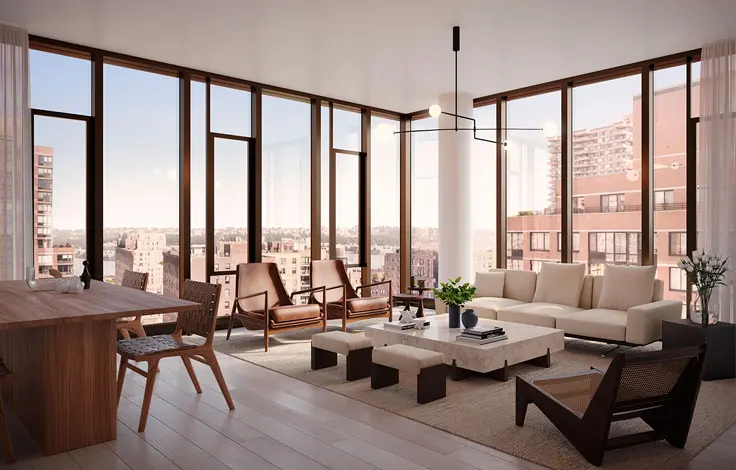

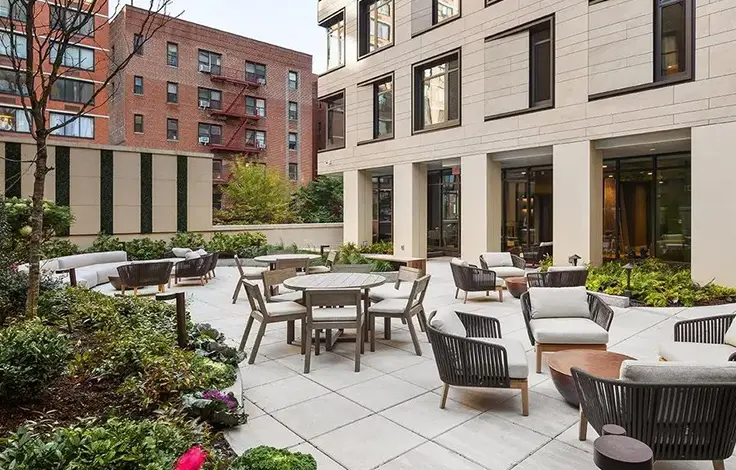

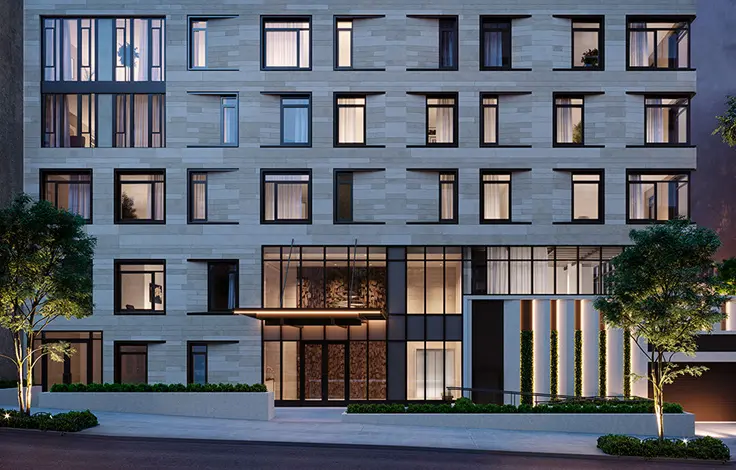
 6sqft delivers the latest on real estate, architecture, and design, straight from New York City.
6sqft delivers the latest on real estate, architecture, and design, straight from New York City.
